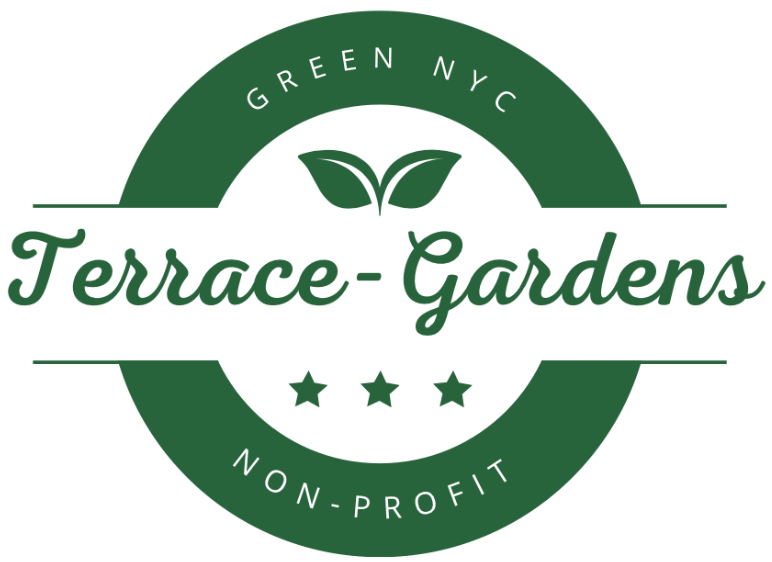Blog Post 5
Who Makes NYC’s Green Space Policies—and What Do They Actually Say?
As New York City continues to heat up due to the growing urban heat island (UHI) effect, the health and well-being of its residents are increasingly at risk. One of the most effective tools for combating this warming is increasing and maintaining green spaces—parks, street trees, community gardens, and green roofs. These natural elements help cool the city, absorb carbon dioxide, and reduce health disparities caused by extreme heat. But the question remains: who is in charge of creating the green space policies that can counteract UHI, and what do those policies actually do?
Green space governance in NYC involves a web of agencies and offices, each with different powers and priorities. At the center of this network is the NYC Department of Parks and Recreation (NYC Parks), which manages over 30,000 acres of parks and natural areas across the five boroughs. NYC Parks is responsible for maintaining existing parks, planting street trees, and developing new green infrastructure. However, they are not alone in this effort. The Mayor’s Office of Sustainability, now part of the Mayor’s Office of Climate and Environmental Justice, sets the broader climate resilience agenda, which includes strategies to reduce urban heat and promote environmental equity (City of New York, 2019).
The New York City Council also plays a vital legislative role. The Council can pass laws that allocate funding to under-resourced parks, set requirements for green space in new developments, and pressure city agencies to prioritize environmental justice. Meanwhile, the Department of City Planning (DCP) influences land use and zoning laws, shaping where and how green spaces can be built, especially in relation to private development. On a larger scale, state and federal agencies such as the New York State Department of Environmental Conservation (DEC) and the Environmental Protection Agency (EPA) provide grants, technical assistance, and climate-related funding to support local greening efforts.
Over the past two decades, several policies and initiatives have aimed to address the shrinking green space in NYC and its consequences for heat exposure and health. One of the most important long-term frameworks is PlaNYC, later rebranded as OneNYC. Introduced in 2007 and updated regularly, OneNYC lays out the city’s sustainability and resilience goals. OneNYC 2050 explicitly recognizes the urban heat island effect and prioritizes strategies like expanding the tree canopy, increasing park access, and promoting green roofs and reflective surfaces (City of New York, 2019). The plan commits to integrating environmental justice into climate adaptation efforts, especially in neighborhoods most at risk.
Another significant effort was the MillionTreesNYC campaign, launched in 2007 as a joint initiative between NYC Parks and the New York Restoration Project. The goal was ambitious: to plant one million trees across the five boroughs by 2017. The campaign succeeded ahead of schedule and demonstrated that coordinated action could rapidly expand green infrastructure and reduce heat across neighborhoods (NYC Parks, 2015). While the campaign ended, it left a lasting legacy by highlighting the importance of trees as a low-cost, high-impact solution to urban heat.
More targeted programs have emerged in recent years. Cool Neighborhoods NYC, launched in 2017, directly addresses heat vulnerability. The program includes planting trees in the hottest neighborhoods, investing in cool roofs, and educating residents about heat risks and resources. Importantly, it combines climate data with social vulnerability indicators to ensure that efforts are focused on communities most in need (Mayor’s Office of Sustainability, 2017). This is critical because studies show that low-income and minority communities are disproportionately affected by heat and have less access to shade and open space.
In addition to city-led initiatives, zoning and planning reforms have helped shape the green landscape. The Zoning for Quality and Affordability (ZQA) initiative, passed in 2016, incentivizes the inclusion of open spaces and landscaped areas in new housing developments, especially senior and affordable housing projects (NYC Department of City Planning, 2016). Although ZQA is primarily a housing policy, it reflects the growing understanding that development must be tied to sustainability.
Efforts to address environmental equity are also reflected in the Parks Equity Initiative, a City Council program that targets funding to historically underfunded parks. By improving parks in underserved neighborhoods, this initiative ensures more equitable distribution of green infrastructure—and its health benefits—across NYC. This matters because residents in wealthier neighborhoods typically enjoy more tree cover, cleaner parks, and better access to recreation, while those in low-income areas face hotter streets and fewer green amenities.
Despite these promising programs, significant challenges remain. As NYC continues to grow and develop, green space is often sacrificed for new buildings or infrastructure. Maintenance of existing green spaces is underfunded, and climate change is making it harder for urban vegetation to thrive. Additionally, some city policies lack enforcement mechanisms or sufficient funding, limiting their impact.
Moving forward, NYC must strengthen its green space policies by prioritizing equity, resilience, and community engagement. This means planting more trees in the hottest areas, creating pocket parks in park-poor areas, and ensuring that all new developments contribute to urban cooling. It also means involving residents in decision-making—because those most affected by urban heat should have a say in how their neighborhoods adapt.
In short, fighting NYC’s urban heat island effect is a shared responsibility. From policymakers and city agencies to residents and community groups, everyone has a role to play. Strong policies already exist—but now, the challenge is to fund them, enforce them, and expand them to meet the scale of the crisis.
References
City of New York. (2019). OneNYC 2050: A strategy for a strong and fair city. https://onenyc.cityofnewyork.us/
Mayor’s Office of Sustainability. (2017). Cool Neighborhoods NYC. https://www.nyc.gov/assets/orr/pdf/Cool_Neighborhoods_NYC_Report_FINAL.pdf
NYC Department of City Planning. (2016). Zoning for Quality and Affordability (ZQA). https://www.nyc.gov/site/planning/plans/zqa/zoning-for-quality-and-affordability.page
NYC Parks. (2015). MillionTreesNYC: Final Report. https://www.nycgovparks.org/trees/milliontreesnyc


